Wildlife Conservation
Canada: Surveying whales in arctic waters
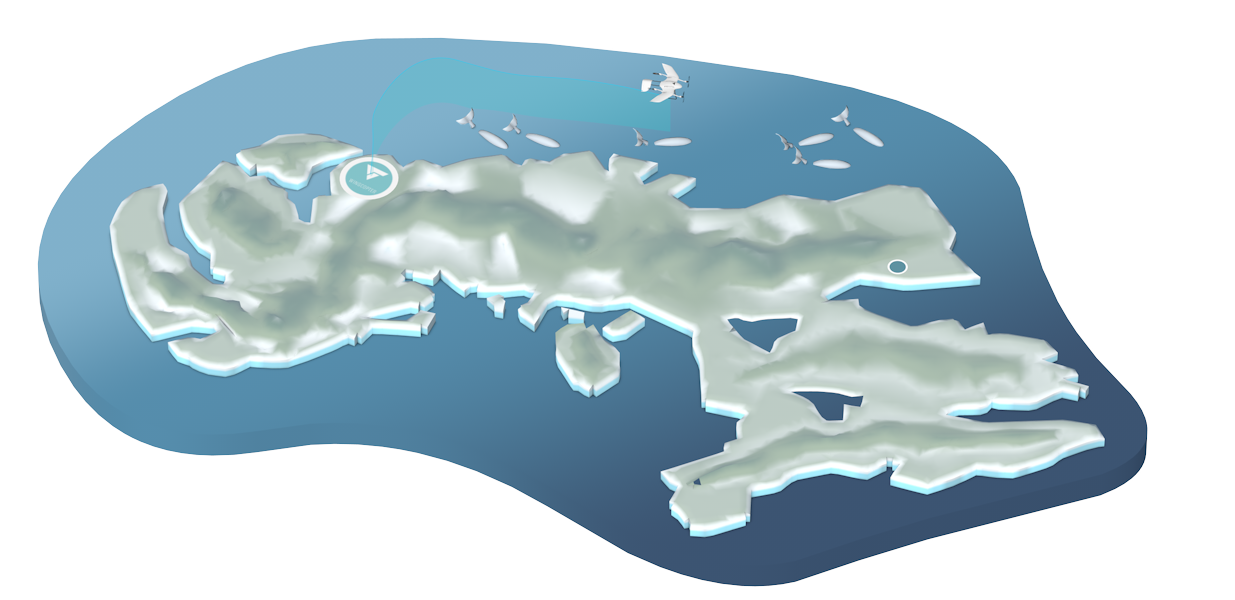

38 km
average distance

35 min
average flight time

1.5 kg
average payload
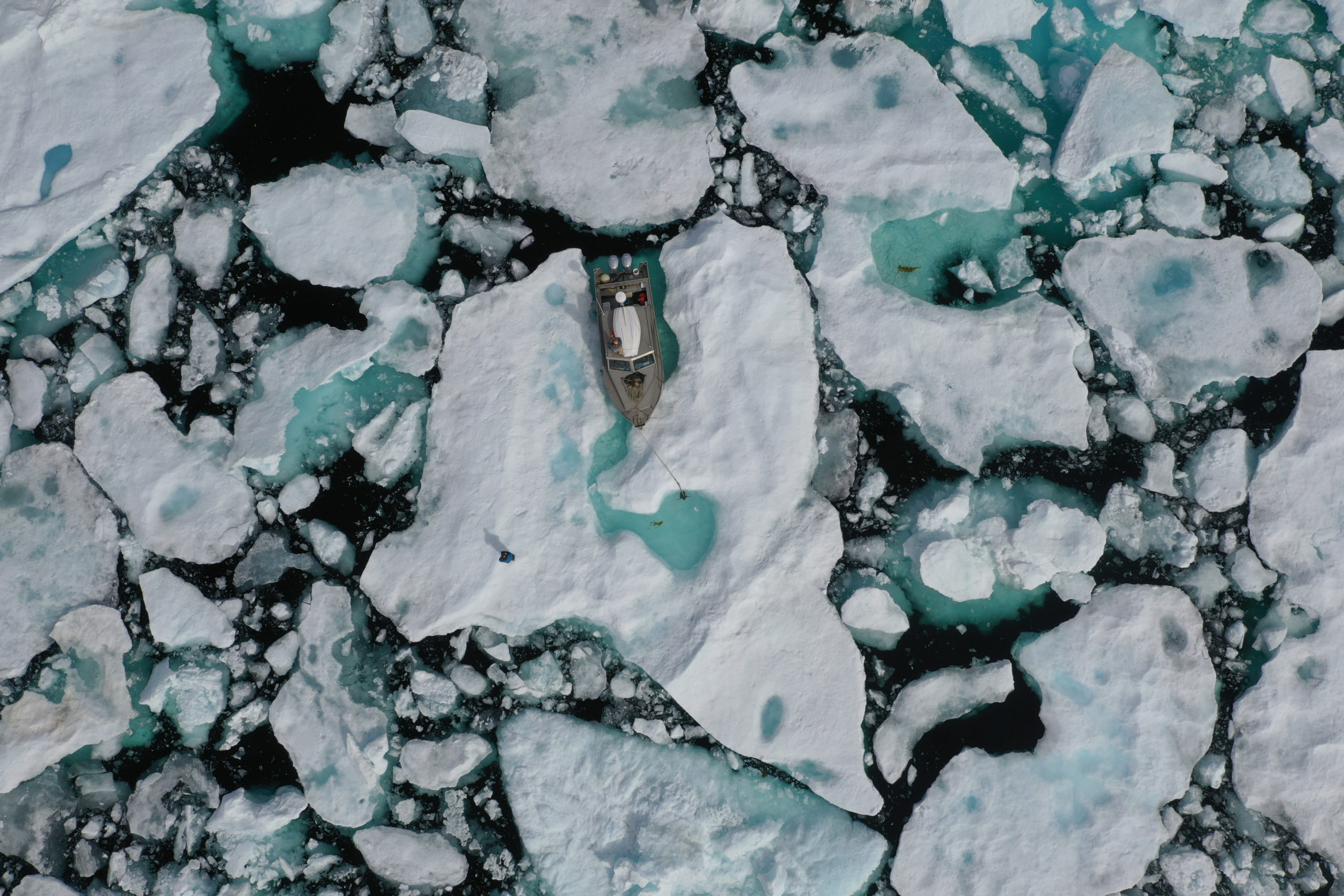
Challenge
Challenge
Challenge
Challenge
Using drones to count whale populations has become a standard procedure for nature conservation authorities and NGOs.
But doing it in the challenging Arctic environment poses particular challenges for the operator and the technology.
The remote island of Pentecost is one of 83 islands in the South Pacific that make up the nation of Vanuatu. The 60 km long island is made up predominantly of mountainous terrain covered in dense jungle. In many cases, the islanders don’t have access to roads, electricity or permanent healthcare facilities.
Providing access to vaccines in the most remote communities involves nurses travelling from health centers, sometimes having to hike for several hours or days, or travel by boat around the island. Even short distances can take long and costly hours in which the heat-sensitive medical supplies are exposed to the tropical heat and arduous travel conditions.
Using drones to count whale populations has become a standard procedure for nature conservation authorities and NGOs.
But doing it in the challenging Arctic environment poses particular challenges for the operator and the technology.
Using drones to count whale populations has become a standard procedure for nature conservation authorities and NGOs.
But doing it in the challenging Arctic environment poses particular challenges for the operator and the technology.
Solution
Solution
Solution
Our customer Arctic UAV, a locally owned, indigenous UAV company, was mandated to conduct two BVLOS trials: one to count beluga whale populations, one to monitor the distribution and movements of Narwhal populations in Arctic waters.
We equipped the Wingcopter 178 with a special heating system for the batteries and motors, so that the customer was able to complete both BVLOS missions at temperatures as low as - 42 °C / - 44 °F and icy winds of up to 10 m/s.
Our customer Arctic UAV, a locally owned, indigenous UAV company, was mandated to conduct two BVLOS trials: one to count beluga whale populations, one to monitor the distribution and movements of Narwhal populations in Arctic waters.
We equipped the Wingcopter 178 with a special heating system for the batteries and motors, so that the customer was able to complete both BVLOS missions at temperatures as low as - 42 °C / - 44 °F and icy winds of up to 10 m/s.
Our customer Arctic UAV, a locally owned, indigenous UAV company, was mandated to conduct two BVLOS trials: one to count beluga whale populations, one to monitor the distribution and movements of Narwhal populations in Arctic waters.
We equipped the Wingcopter 178 with a special heating system for the batteries and motors, so that the customer was able to complete both BVLOS missions at temperatures as low as - 42 °C / - 44 °F and icy winds of up to 10 m/s.
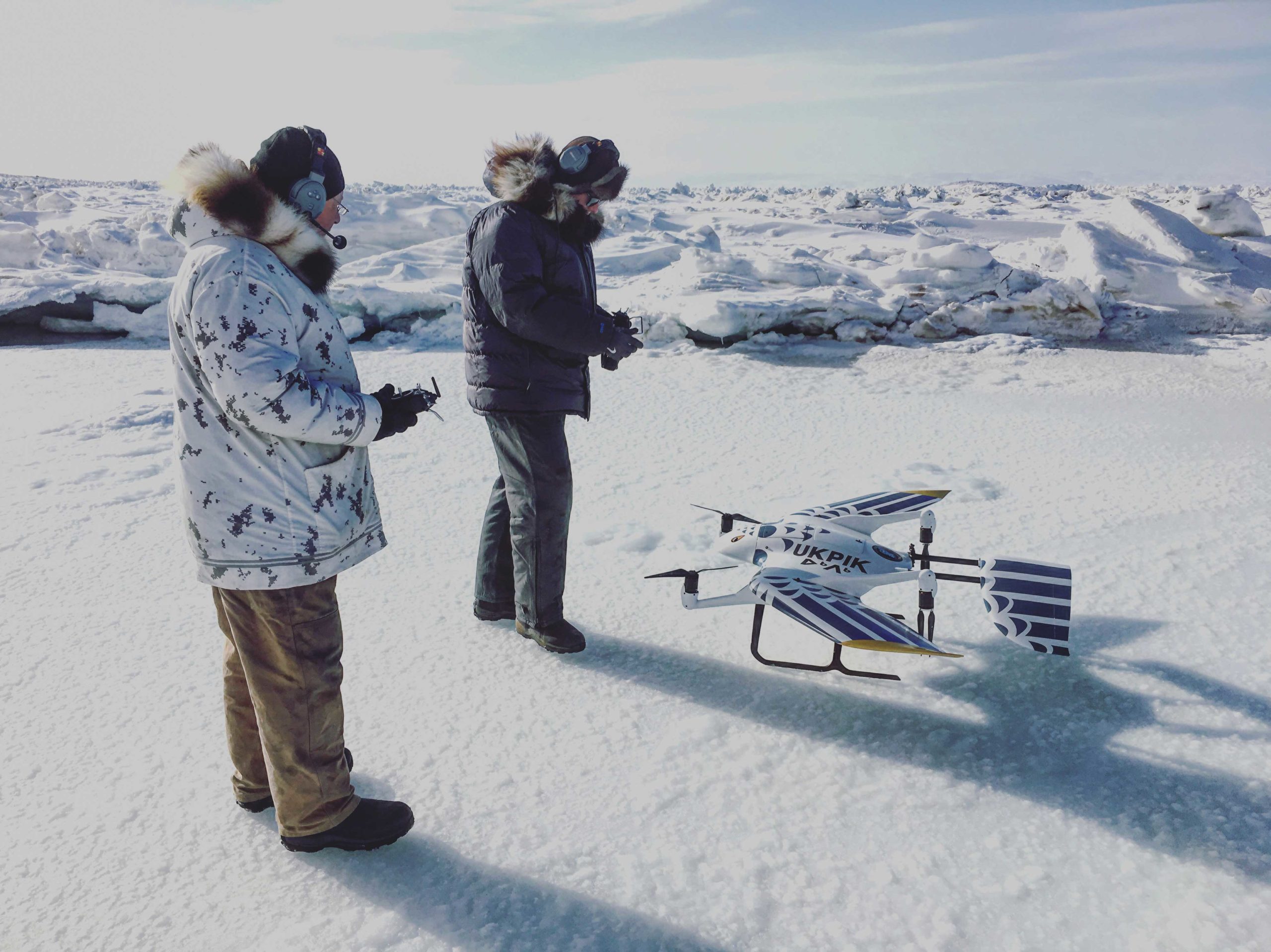
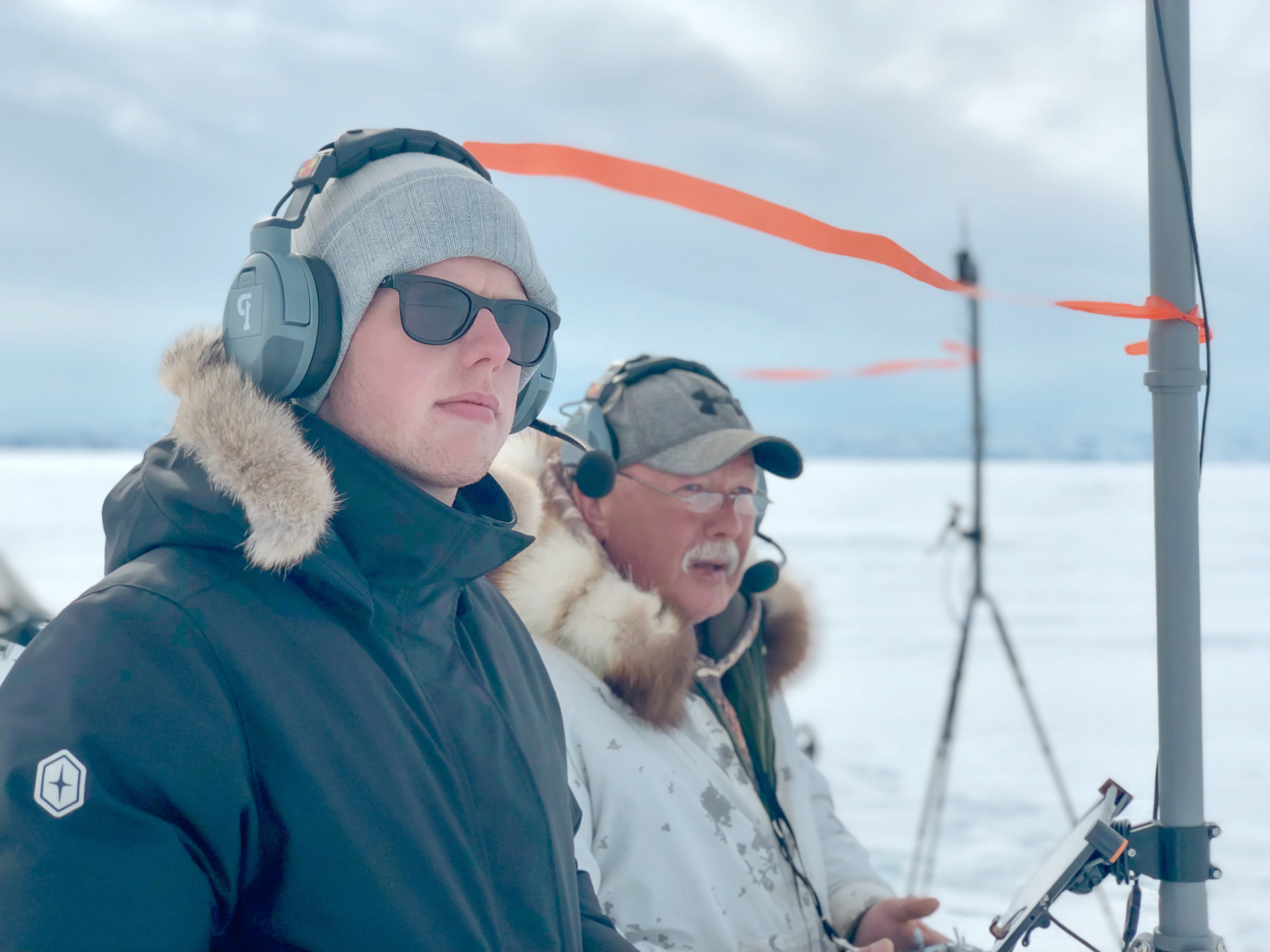
Outcome
Outcome
Outcome
The successful trials in the Arctic have proven the Wingcopter’s effectiveness and reliability for conservation missions and other surveying or delivery tasks that need to be performed under extreme conditions.
For wildlife surveying a huge advantage of the Wingcopter is also its low noise emission, presenting no disturbing effect on the animals being surveyed.
The successful trials in the Arctic have proven the Wingcopter’s effectiveness and reliability for conservation missions and other surveying or delivery tasks that need to be performed under extreme conditions.
For wildlife surveying a huge advantage of the Wingcopter is also its low noise emission, presenting no disturbing effect on the animals being surveyed.
The successful trials in the Arctic have proven the Wingcopter’s effectiveness and reliability for conservation missions and other surveying or delivery tasks that need to be performed under extreme conditions.
For wildlife surveying a huge advantage of the Wingcopter is also its low noise emission, presenting no disturbing effect on the animals being surveyed.
"We see BVLOS trial missions in the Arctic using RPAS as an important step for safe Arctic RPAS operations, especially for conservation & safety purposes. The Wingcopter has helped us with these critical flights - it really pays to have a real RPAS that still delivers when you’re literally in the middle of nowhere."
Kirt Ejesiak Chairman & CEO Arctic UAV
Impressions
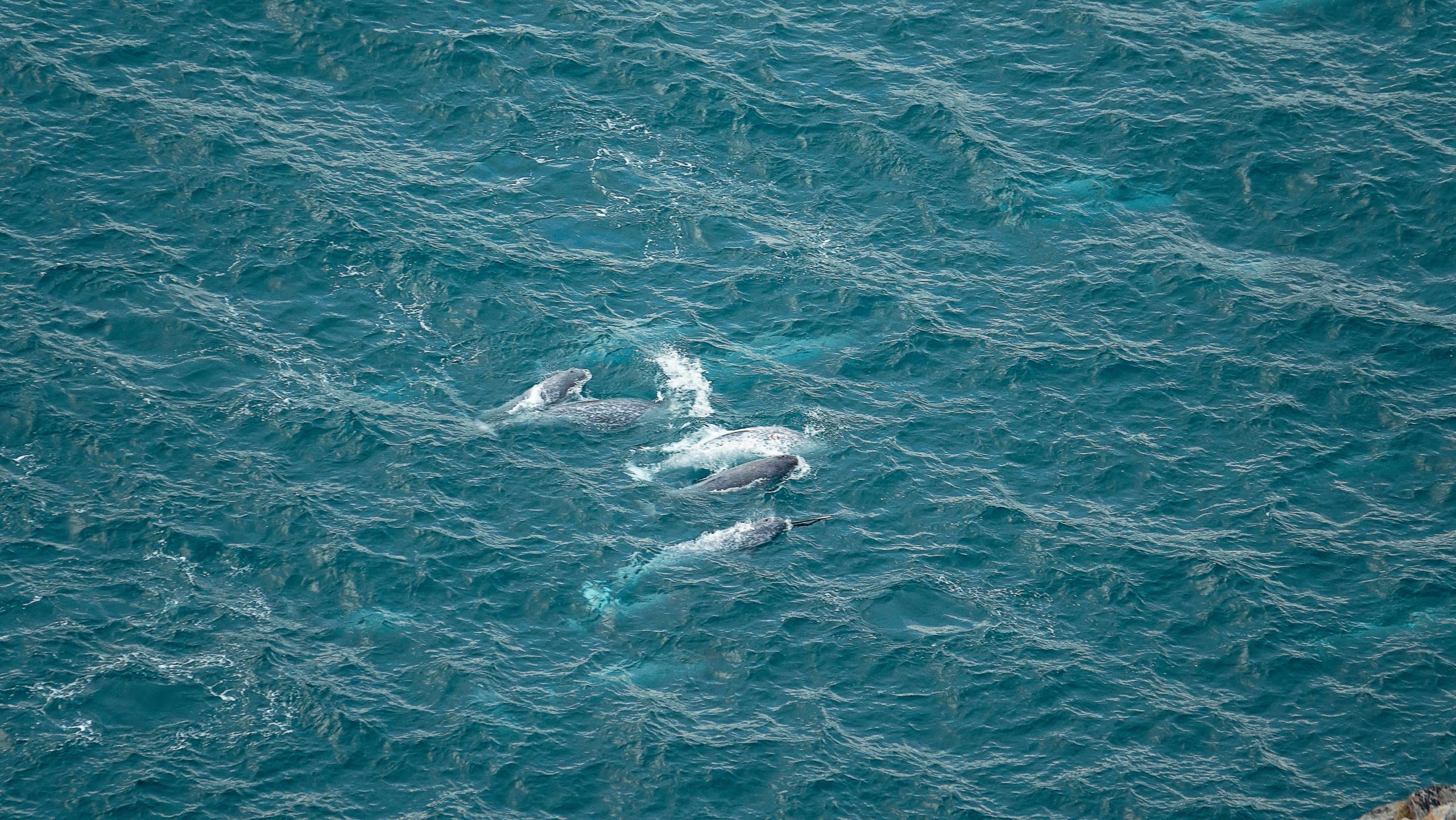
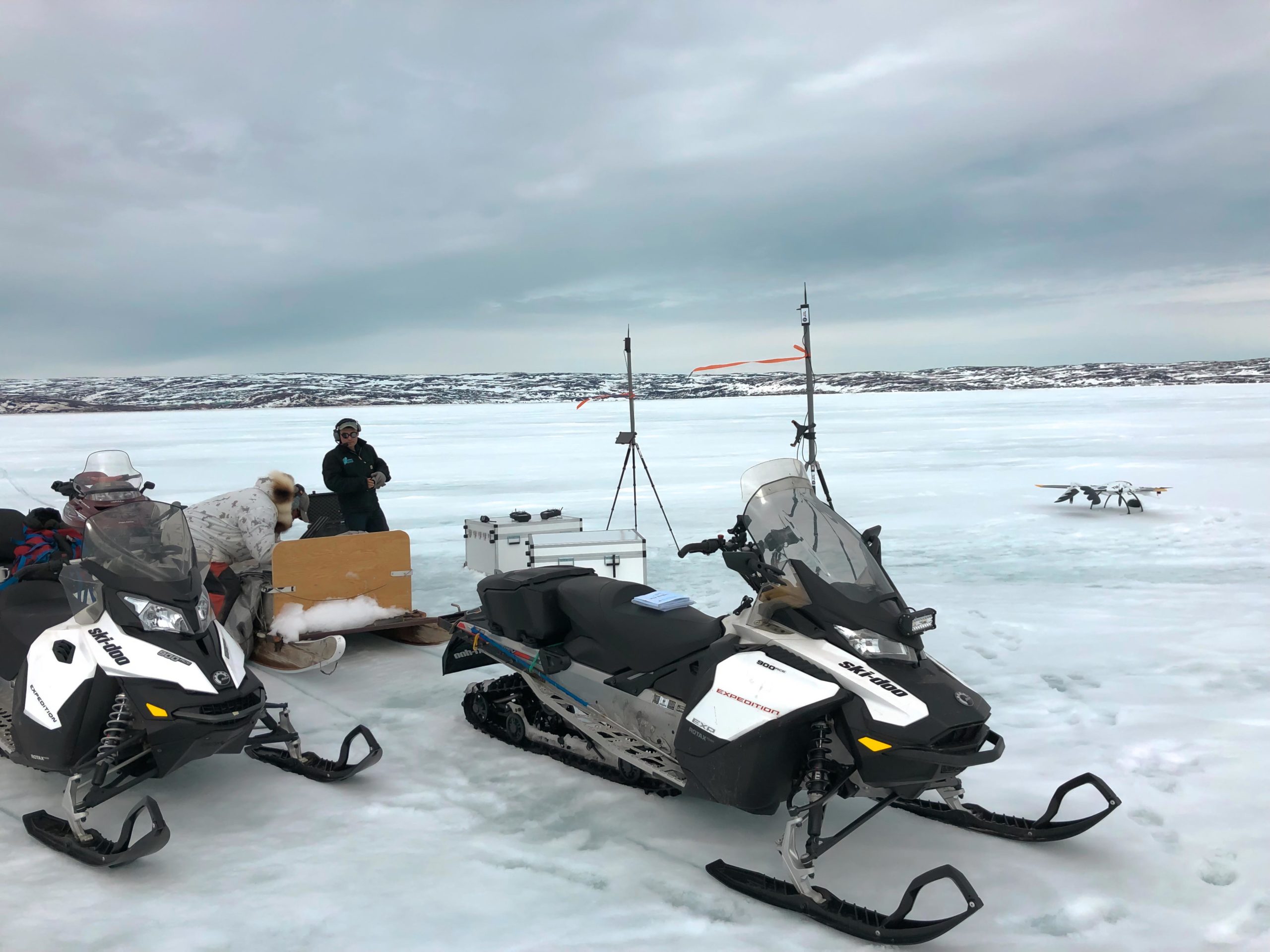
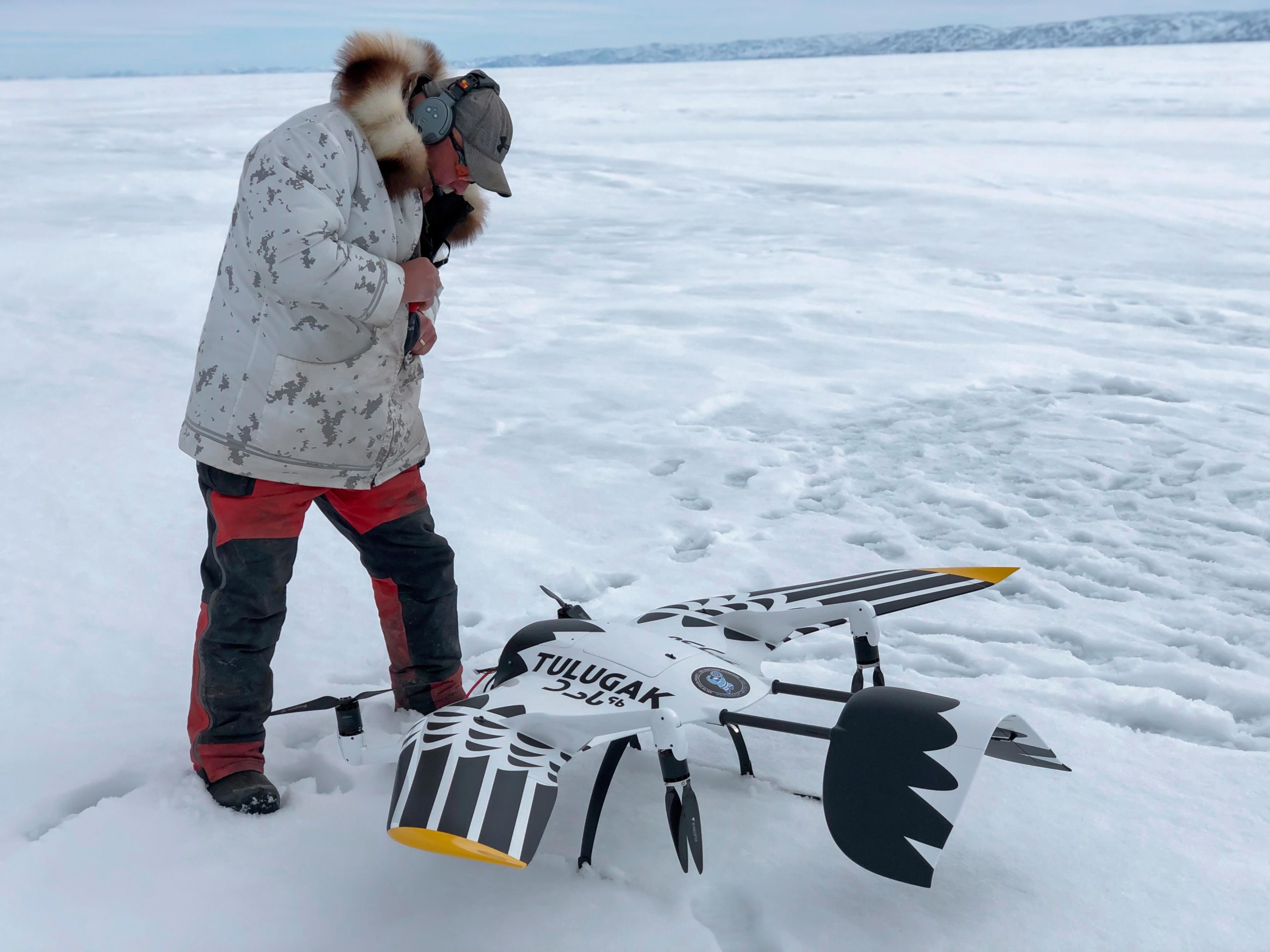
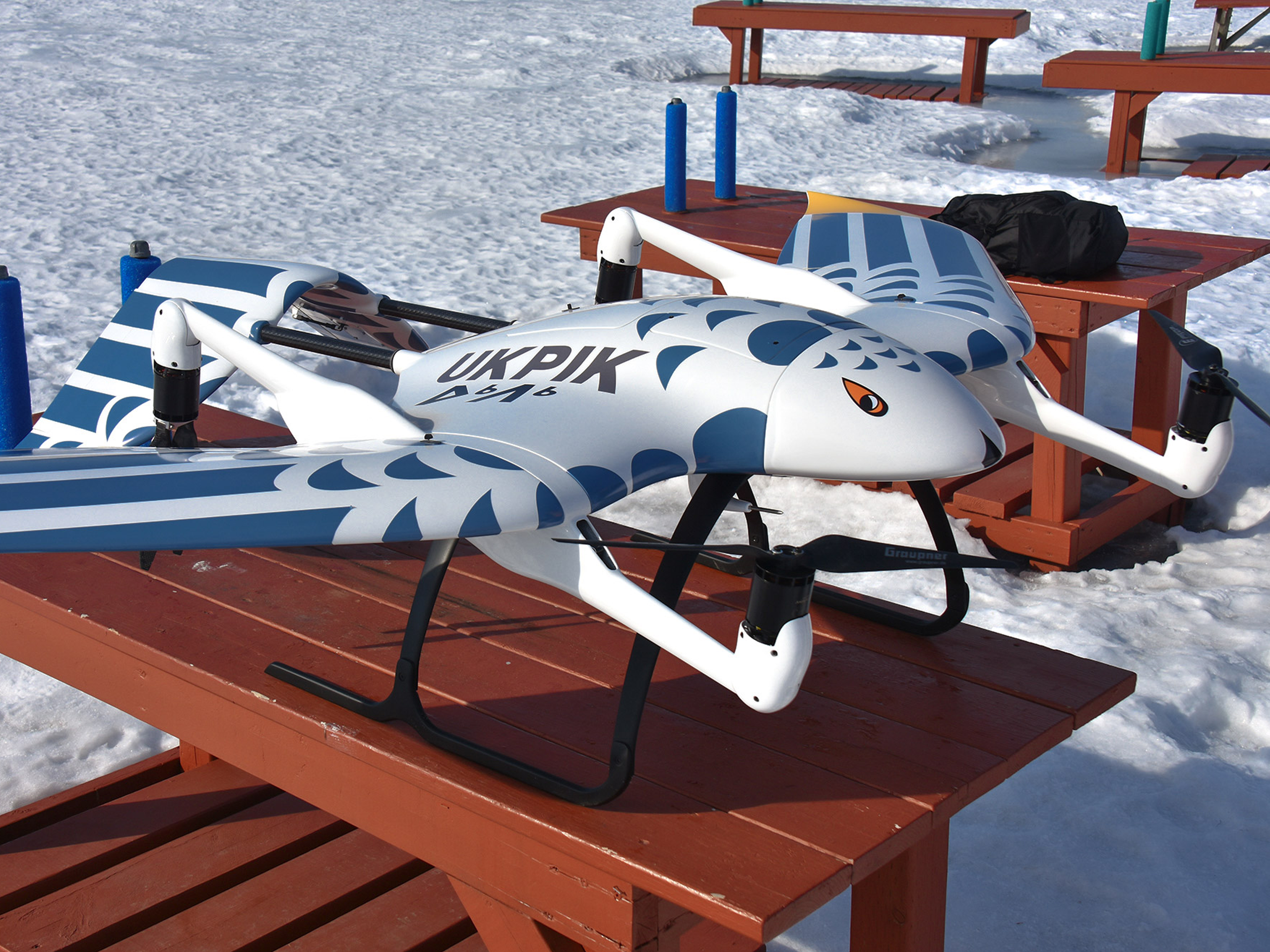
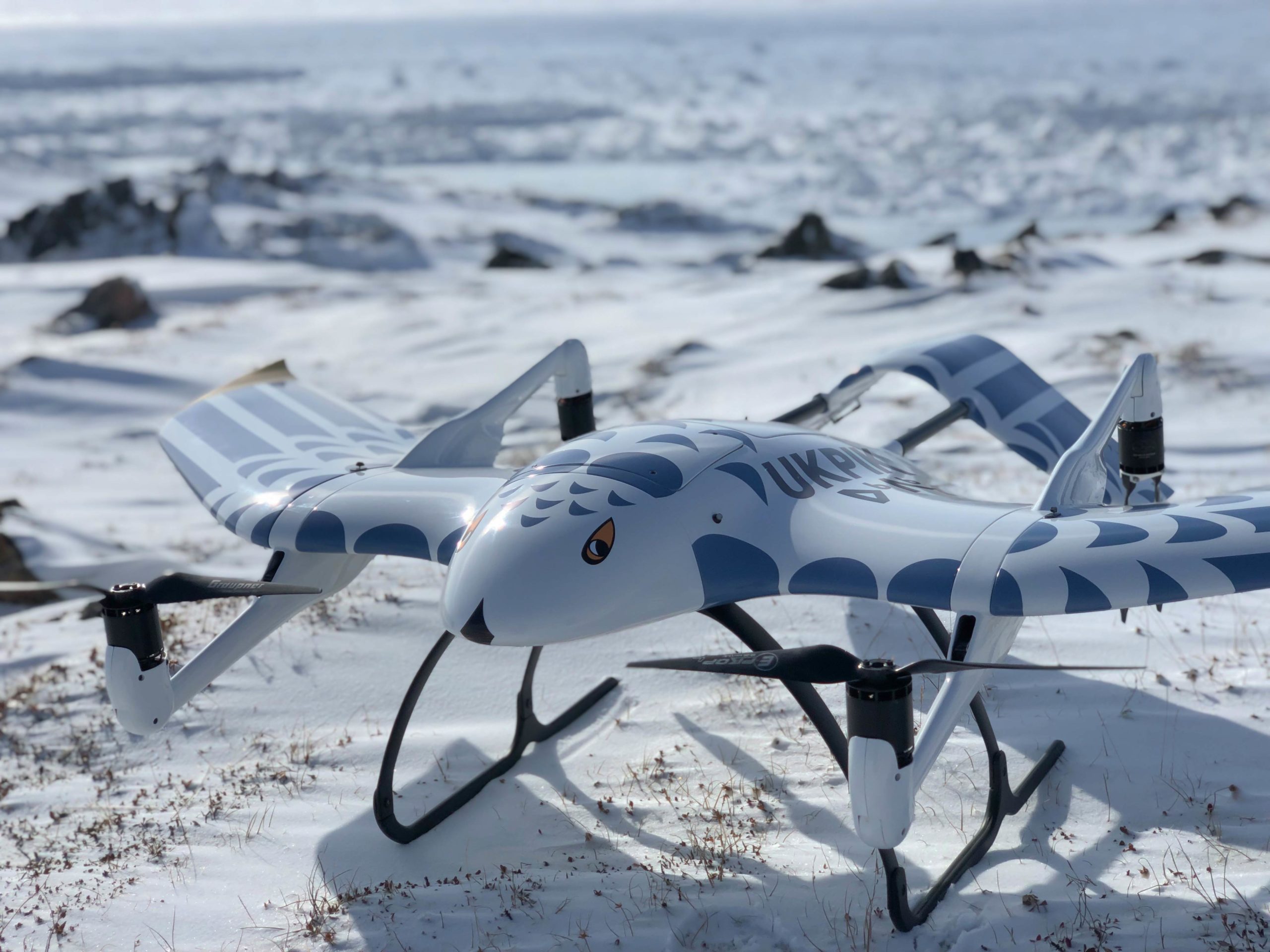
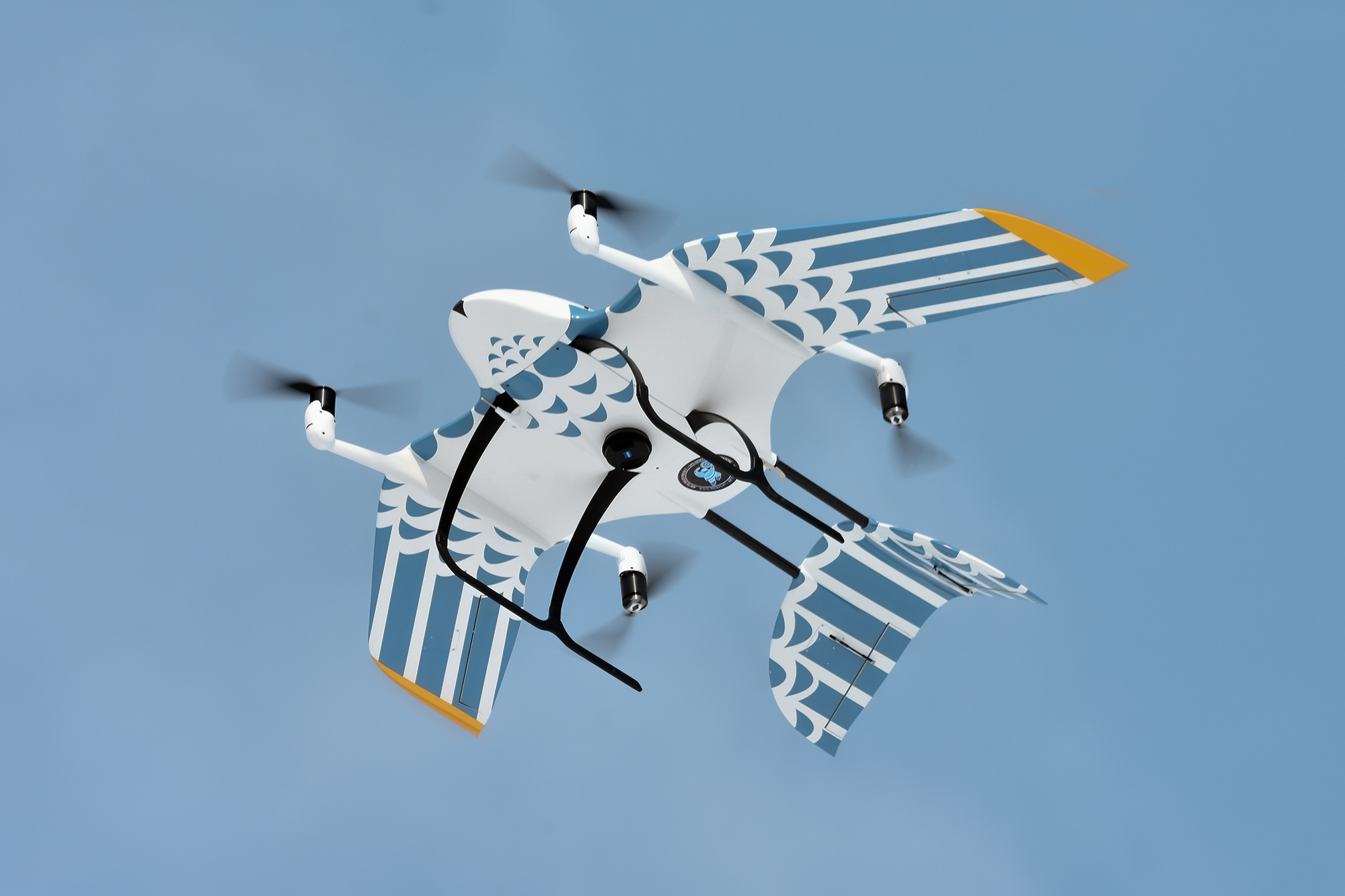
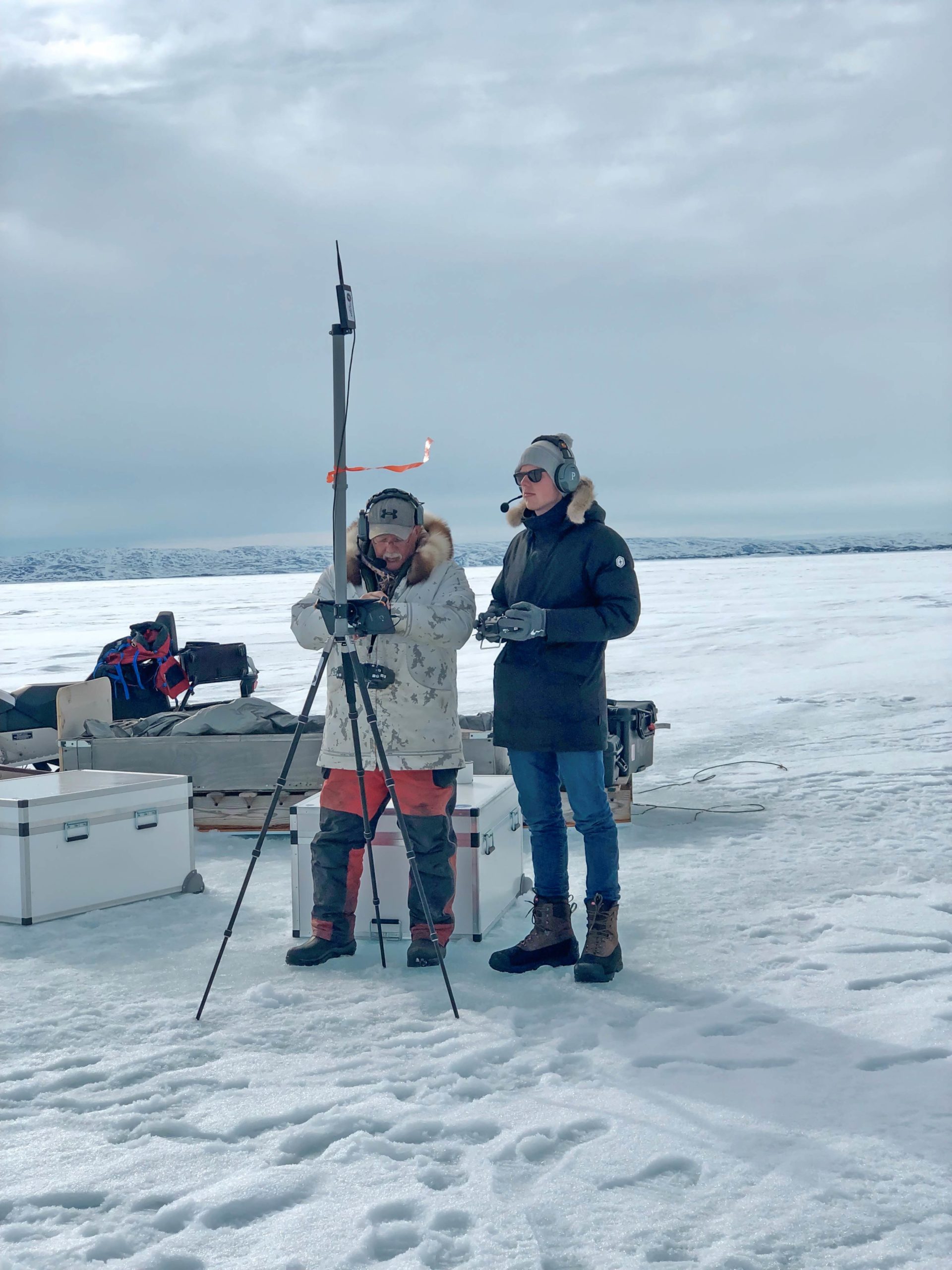
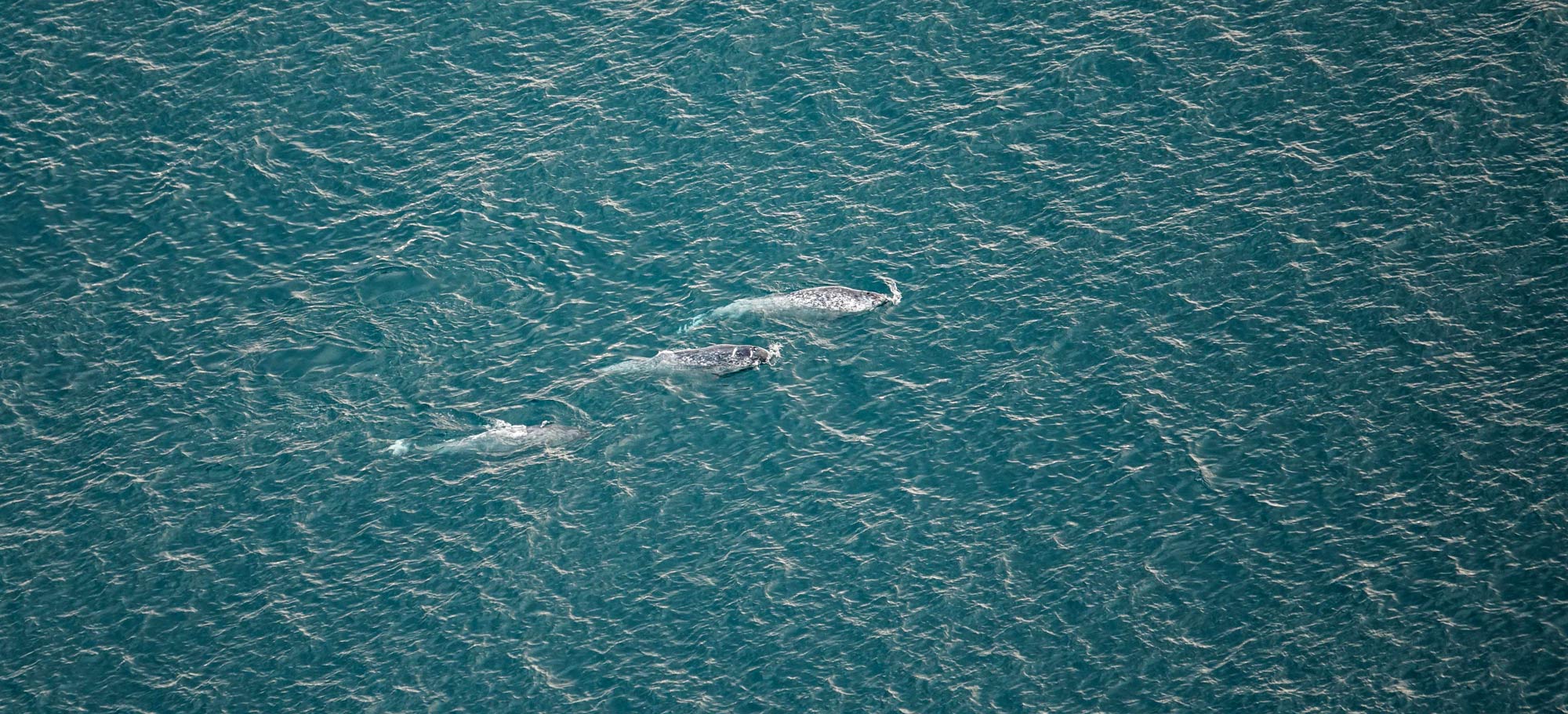
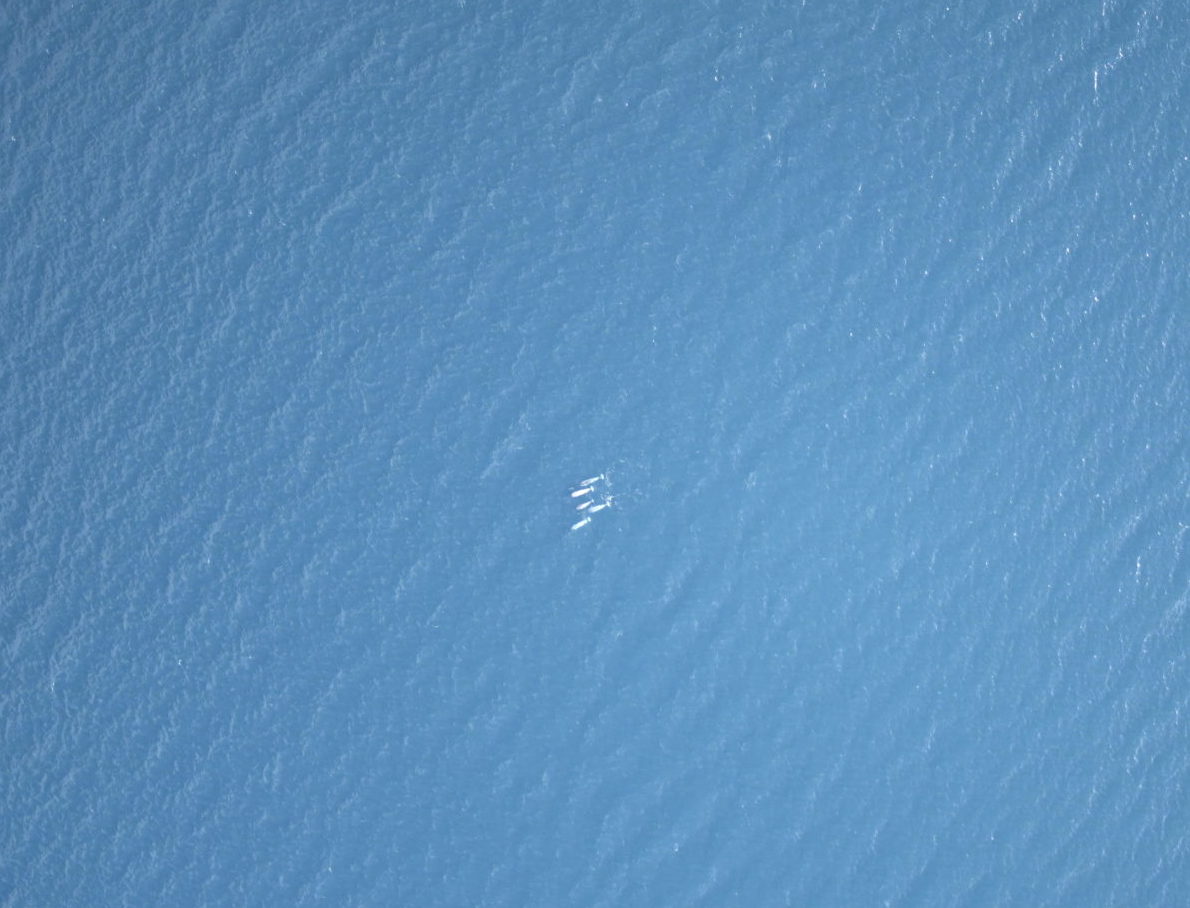
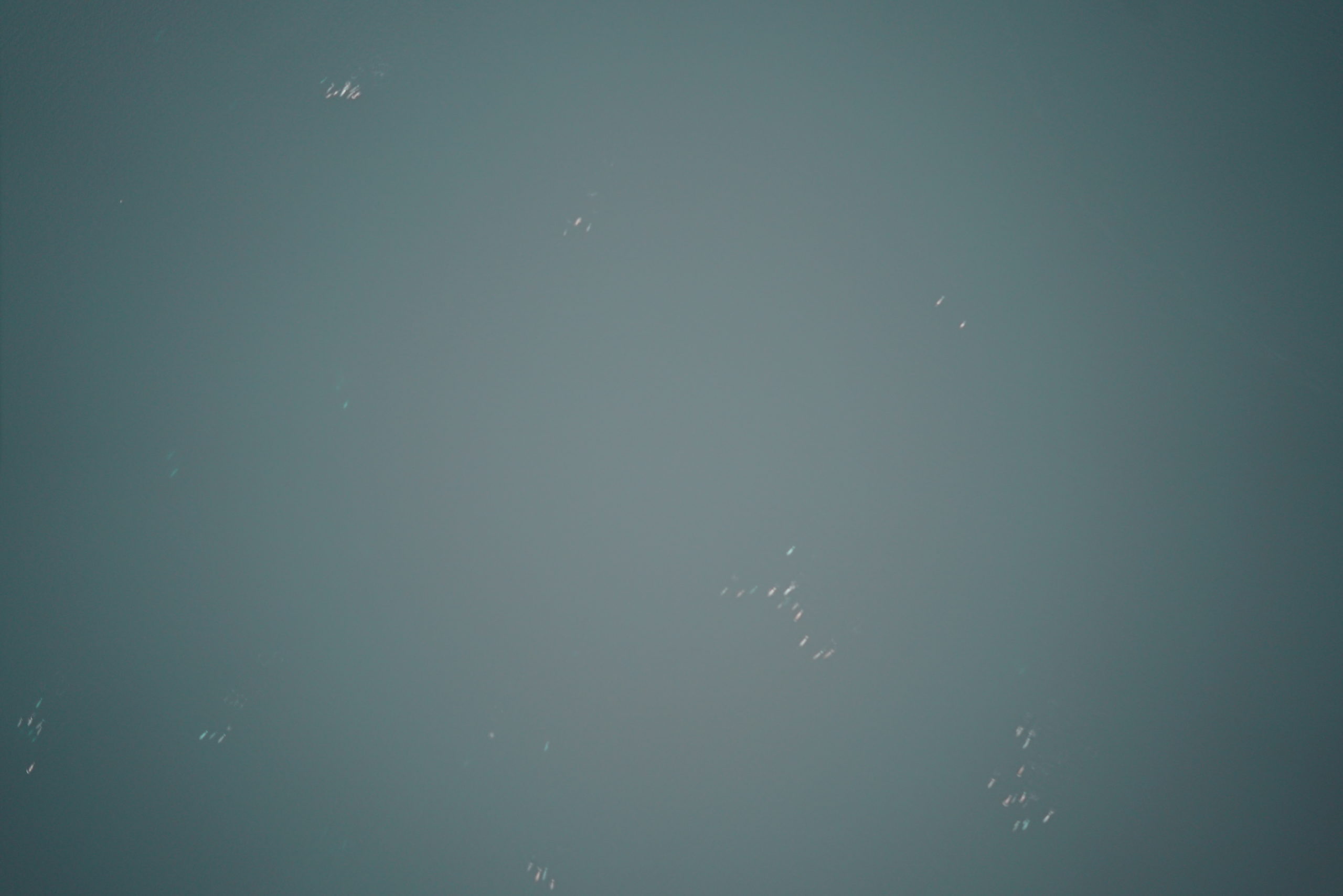
Connect with us and discover what our drone solutions can do for you
Stay up-to-date
Sign up for our newsletter to receive the latest news about our product development, interesting projects, new strategic partners, company milestones etc.

